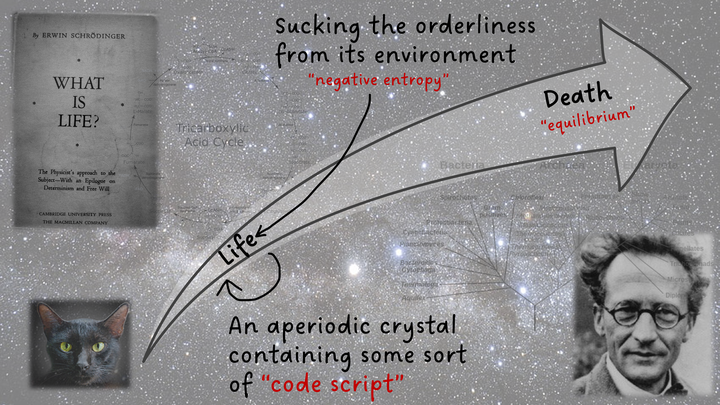Life, energy limitation and dormancy

Many organisms survive long-term environmental stress and energy limitation by reducing metabolic activity in a dormant state. Microbial dormancy, for instance, by forming resistant spores, stores genetic, phenotypic, and taxonomic diversity, contributing to longevity and long-term stability of individuals and populations. This life-history trait is at least 2.7 billion years old, even included in the origins of life models. It is a complex mechanism involving hundreds of genes controlling commitment, forming a spore, and exiting dormancy. This decision comes with energetic costs and ecological consequences. With Jay Lennon, we make quantitative estimations on energy expenditures to explain how this trait is maintained at evolutionary times and how it can be lost under certain environmental conditions.